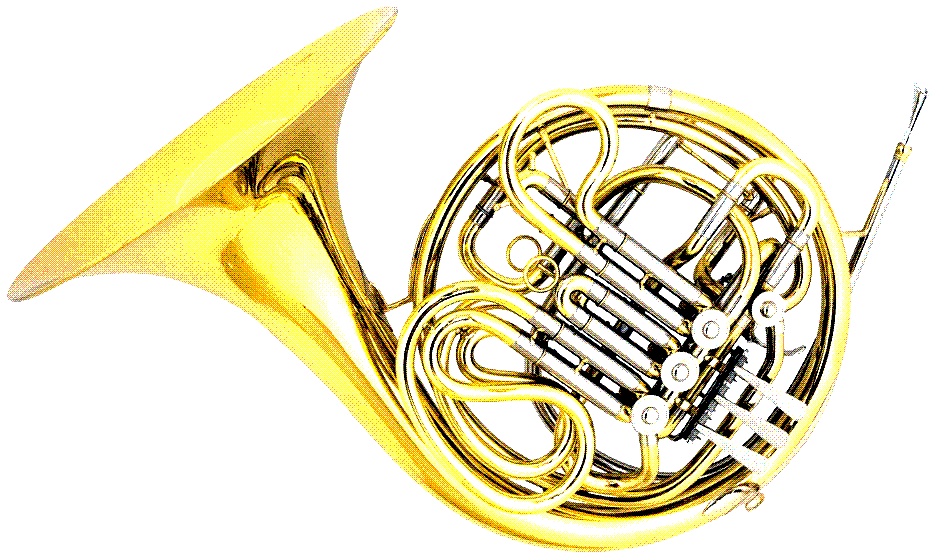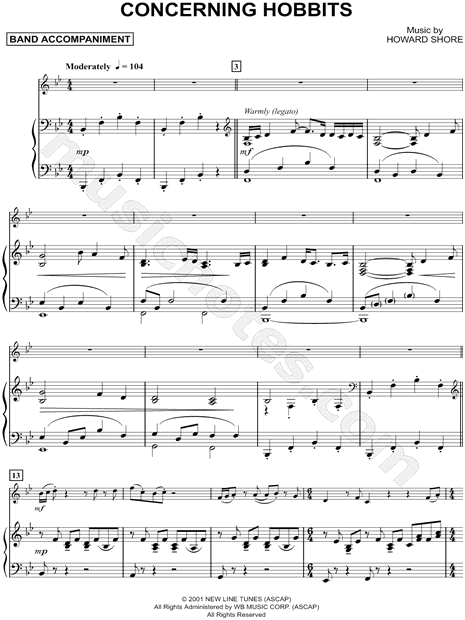
Always ahead of his time in anything that he created, and immersed in jazz, folk, world music, film and theater music, as well as in contemporary classical music, he was praised by The Washington Post as “one of the most versatile and skilled musicians America has ever produced”, while The Boston Globe hailed him as “the Renaissance man of American music”, and The New York Times proclaimed him “multicultural before multiculturalism existed”. The phenomenon of legendary composer and multi-instrumentalist DAVID AMRAM defies easy definitions.

This album is, without doubt, one of the finest collections of Benjamin Britten’s style, his work, and his gift to the world of music. It is only natural that he would choose to compose so many songs extending most into song cycles to adequately express his deepest thoughts and feelings through an intimate and collaborative approach. By nature, he was also a great collaborator who always chose to make music with other musicians over pursuing a career as a solo pianist. Britten skillfully combines these concepts with the modern influence of such great 20th century composers as Mahler and Stravinsky to create something unique and exciting. One finds a clear reverence to composer Henry Purcell through the use of florid, expansive setting of text and the use of ancient compositional techniques such as the ground bass. In each work, we discover Britten’s gift of lyricism, superb understanding of the voice, and exceptional pianistic capabilities. On this recording by outstanding tenor Eric Rieger and renowned accompanist JJ Penna, we explore the Poet’s Journey in three of Britten’s most important song cycles, each of which is bound to the works of a great poet: Michelangelo, Thomas Hardy, and John Donne. Furthermore, Britten seems to fall in line as the rightful successor to Franz Schubert in the way he virtually composes the essence of a poem musically. Auden, it is difficult to think of another song composer who consistently chose poems of such high quality and breadth to set to music. A great lover of poetry throughout his life, and friend to such great poets as W. The great English composer Benjamin Britten (1913-1976) is a prime example. A composer of songs is then also a poet: a creator of profound meaning through text, meter, harmony, texture, and lyricism. In fact, a song serves as a natural extension of the original poem that allows us to experience words in a new and insightful way. Music that doesn’t come from the heart isn’t music.” Listening to this album will give you an entrée into a world of the French horn which has seldom been heard, and certainly not in one collection such as this, played by one of the instrument’s best and most studied master.Įvery song is a journey: a voyage of the human experience explored through the intersection of poetry and music.

Tomasi describes what he composed in this way: “I write for the public at large.

The Dukas track was the first conservatory test-piece for horn to specifically exploit the newly “legitimized” valve instrument.

The Saint-Saens and Gounod tracks are included as examples of the pure vocal treatment of the horn by two of France’s greatest composers. The technical competence required for each track is unique, as some of them were regarded as a test of the highest level of performance. The repertoire of Planel, Tomasi, Bozza, Gounod, Dukas, Saint-Saens and others are presented as these composers intended and “heard” their works to be played on this French valved instrument. The singular sound of this instrument, as heard on this CD, harkens back to some of the best viruosic players of the golden age of the design. They also maintained the slender dimensions of the pre-valve instrument, which had reached its highest degree of perfection and virtuosic refinement in France in the first half of the 19th century. These instruments were built with trumpet-like piston valves and fitted with natural horn crooks. before 1814 by a German hornist/instrument builder Heinrich Stölzel, as a means of changing the length of the instrument while playing in order to fill in the gaps between the natural harmonics. Indeed, up until the later 1940’s, English horn players played on instruments of French design and manufacture. The valve was first introduced on the horn c. “Le cor français authentique” brings a style of purely French musicianship on a truly French horn playing an all-French repertoire in the hands of a master musician, Douglas Lundeen, who has researched the horn in its various incarnations throughout the ages, playing on a design of the French horn which would have been a standard for the 19th century and beyond.


 0 kommentar(er)
0 kommentar(er)
